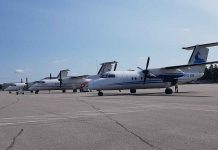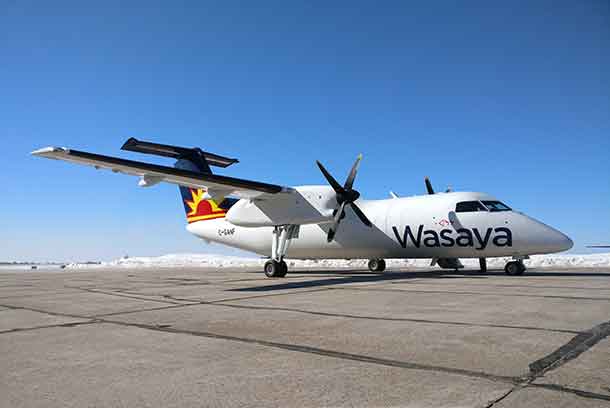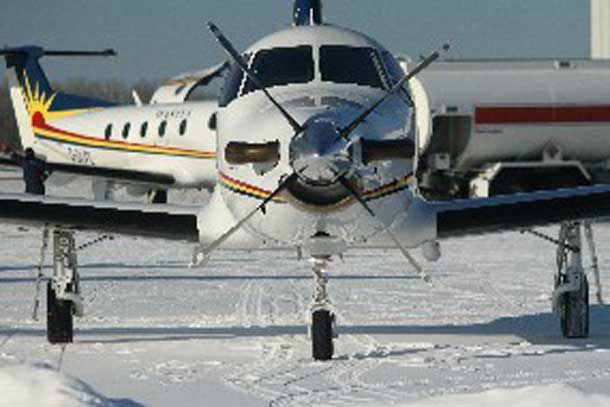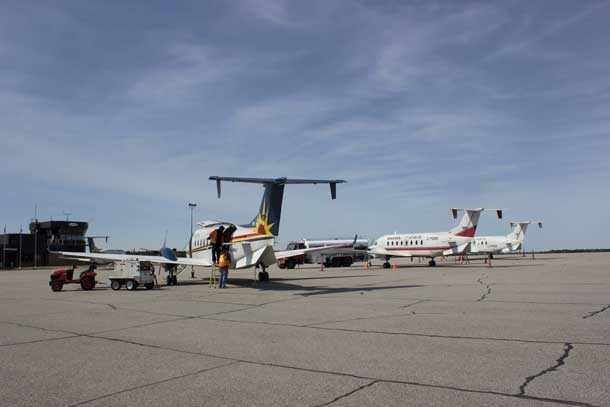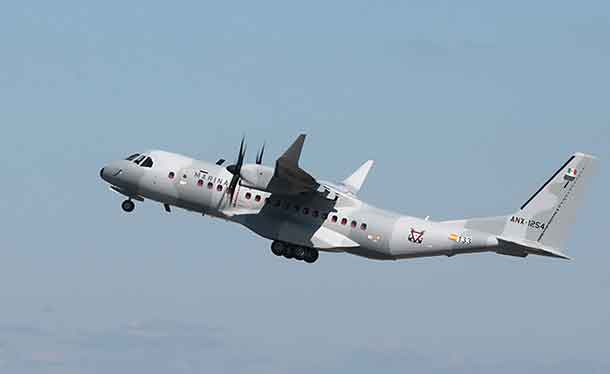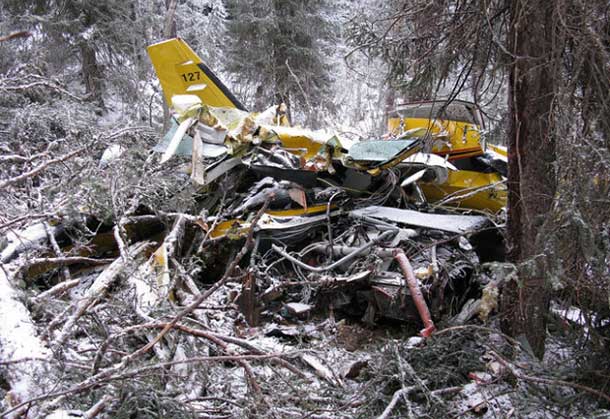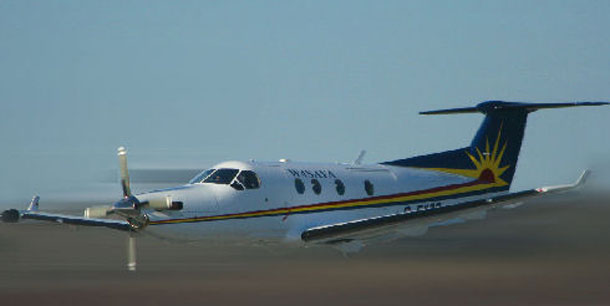
Wasaya Airways Looks to Management Company for Help
THUNDER BAY – Wasaya Airways appear to be working to restructure the air service. REI Group from Toronto now has effective management control of the company which is owned by Northwestern Ontario First Nations. Chief Bart Meekis, the Chair of Wasaya’s Board of Directors has confirmed the shift of operational control.
The issues facing the airline have been related to spending issues at the airline.

Wasaya’s company’s administration according to reports are telling the Wasaya Chiefs that the real issues facing the airline include the spending the Chiefs have been doing. APTN is reporting “Crowe said management told the chiefs “Wasaya is going down” and was only surviving on a “special loan” from its bank. One of the major problems is the chiefs have been racking up credit.
The move toward re-structuring has in effect taken control of the airline from the Wasaya Board according to informed sources.
The REL Group is tasked with restructuring the company. There has been little comment coming from either Wasaya Airways, WGI the company’s parent company, on what exactly that means.
Tom Morris, who was the President of Wasaya Airways was promoted to the top job in the WGI last year.
“In December the tally was about $2.6 million and the chiefs were warned then too that Wasaya faced going bankrupt because of the excessive spending. Crowe said that number has since grown to $3.1 million”.
Former company CEO Tom Kam has stated, “With right business management it can be fixed, not politically appointed friends”.
The issues facing the company are not just financial issues.
There have been concerns reported on safety issues with Wasaya Airways.
The issue has been building for some time. Wasaya Officials have been unwilling to comment on concerns on air safety issues.
Chief Joseph Crowe from the Fort Severn First Nation was on the community radio station in Fort Severn. Chief Crowe told listeners that Wasaya Airways was in a bad position.
The Wasaya Group (WGI) which is the holding company for Wasaya Airways are not commenting, but growing numbers of sources, and other media reports are starting to talk about the growing problems that the company is having.
Wasaya Passengers Shaken in April
The safety issues for Wasaya Airways are starting to spill out onto social media with community residents starting to share experiences they have had with flights on Wasaya Airways in recent weeks and months.
Transportation Safety Board of Canada
Air safety issues in Canada are under the control of the Transportation Safety Board.
There are specific issues that are mandatory for commercial airlines to report to the TSB.
- in the case of an accident
- a person is killed or sustains a serious injury as a result of
- being on board the aircraft,
- coming into direct contact with any part of the aircraft, including parts that have become detached from the aircraft, or
- being directly exposed to jet blast, rotor down wash or propeller wash,
- the aircraft sustains structural failure or damage that adversely affects the aircraft’s structural strength, performance or flight characteristics and would normally require major repair or replacement of any affected component, except for
- engine failure or damage, when the damage is limited to the engine, its cowlings or accessories, or
- damage limited to propellers, wing tips, antennae, tires, brakes, fairings or small dents or puncture holes in the aircraft’s skin, or
- the aircraft is missing or inaccessible; and
- a person is killed or sustains a serious injury as a result of
- in the case of an incident involving an aircraft having a maximum certificated take-off weight greater than 2 250 kg, or of an aircraft being operated under an air operator certificate issued under Part VII of the Canadian Aviation Regulations
- an engine fails or is shut down as a precautionary measure,
- a power train transmission gearbox malfunction occurs,
- smoke is detected or a fire occurs on board,
- difficulties in controlling the aircraft are encountered owing to any aircraft system malfunction, weather phenomena, wake turbulence, uncontrolled vibrations or operations outside the flight envelope,
- the aircraft fails to remain within the intended landing or take-off area, lands with all or part of the landing gear retracted or drags a wing tip, an engine pod or any other part of the aircraft,
- a crew member whose duties are directly related to the safe operation of the aircraft is unable to perform their duties as a result of a physical incapacitation which poses a threat to the safety of persons, property or the environment,
- depressurization of the aircraft occurs that requires an emergency descent,
- a fuel shortage occurs that requires a diversion or requires approach and landing priority at the destination of the aircraft,
- the aircraft is refuelled with the incorrect type of fuel or contaminated fuel,
- a collision, a risk of collision or a loss of separation occurs,
- a crew member declares an emergency or indicates an emergency that requires priority handling by air traffic services or the standing by of emergency response services,
- a slung load is released unintentionally or as a precautionary or emergency measure from the aircraft, or
- any dangerous goods are released in or from the aircraft.
Source: Transportation Safety Board Regulations Section 2(1)



